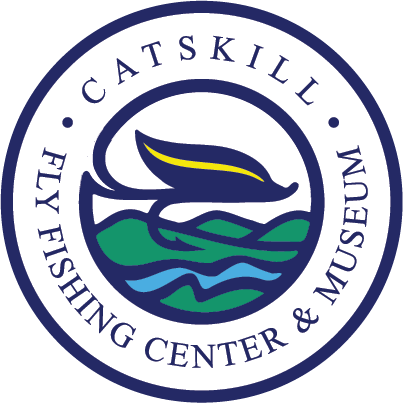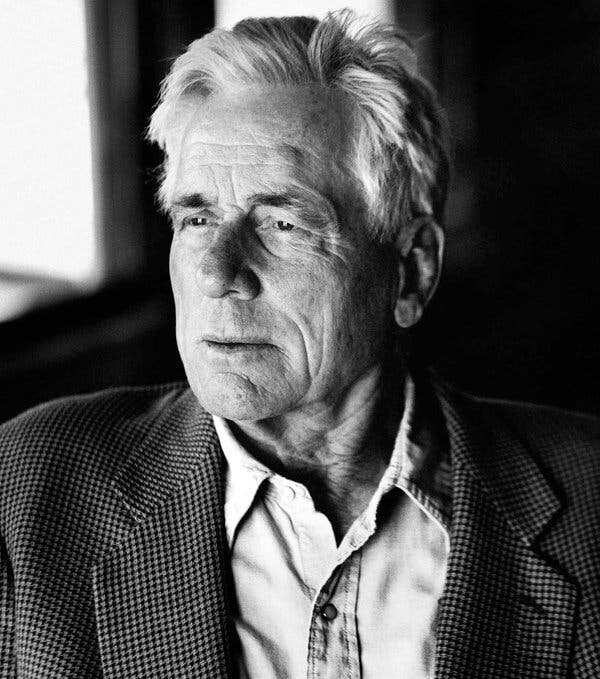The son of the founder of the Ritz hotel chain, Charles César Ritz was a major figure in fly fishing in the 20th century. Sent by his father from his native France to learn the hotel trade in New York, the 26-year-old spent his free time fishing the Beaverkill River and repairing split cane fly rods from a pawn shop and re-selling them to Abercombie & Fitch. Back in France in 1927, Ritz opened a shoe store, but here, too, he indulged his passion for rodmaking. From the back room of the shoe store came the parabolic rod that became a favorite of American anglers. It began as an accident: a courier had broken a Ritz rod he was delivering to a Paris banker. Ritz repaired it, kept it and tried it out upon his return to the United States, where the rod’s distinctive power impressed fellow members of the Angler’s Club. Working with John Alden Knight and the renowned rodmaker Jim Payne, Ritz’s version of the parabolic rod, with its characteristic flexing butt and stiff mid-section, won praise in the sporting press and quickly caught on with the angling public in the years after World War II. It was produced commercially by Paul H. Young, Abu Garcia, Pezon et Michel and Payne.
Ritz went on to fish the great rivers of Europe and the world, in the company of leading citizens and the top fly fishers of the era. He was the recipient of a thank-you note on White House stationery from President Dwight D. Eisenhower for his gift of a reel, lines and instructions. “All I have to do,” the president wrote, “is the find the leisure time and the proper place for one of my favorite sports.”
Ritz was an early practitioner of catch-and-release, along with his friend, Lee Wulff. His influential book, A Fly Fisher’s Life: The Art and Mechanics of Fly Fishing, was published in French in 1953 and translated into German in 1955, English in 1959 and later in Japanese and Italian. It was continually updated until 1972, the year of its ultimate edition. A Fly Fisher’s Life includes an introduction by A.J. McClane and a forward by Ernest Hemingway, who called Ritz “one of the very finest fly fishermen I know.” Ritz co-founded the magazine Plaisirs de la Peche, with Hemingway on its editorial board, and was the author of Fixed Spool Reels and Tackle in 1952.
In 1958, Ritz founded the International Fario Club in Paris. The club went on to establish an annual award in his memory, the Prix Charles Ritz, which is bestowed upon on individuals and organizations that work for the protection and restoration of wild trout and salmon habitat.






















